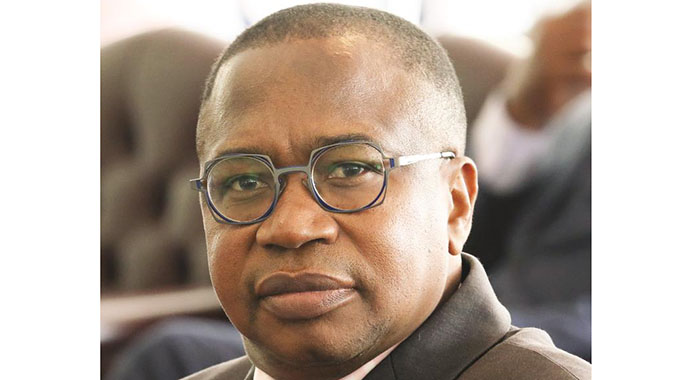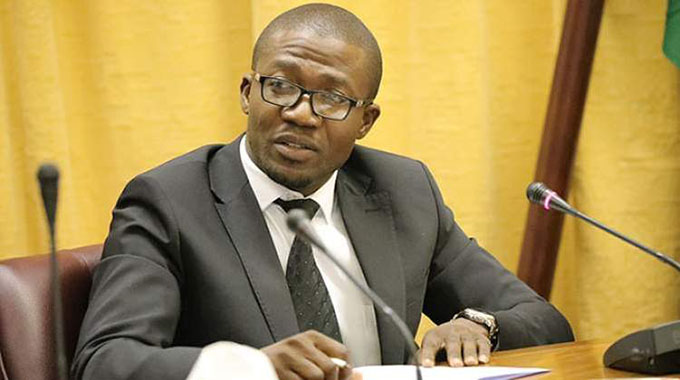LPG shortages due to forex: ZERA

Enacy Mapakame Business Reporter
The Zimbabwe Energy Regulatory Authority (ZERA) says the obtaining foreign currency challenges are to blame for the shortages in liquefied petroleum gas (LPG) at a time its consumption is on the increase countrywide.
This has also resulted in increases in its price of the commodity with some dealers demanding up to $7 per kilogramme from $2,50 last month.
Since October, there have been supply gaps in the energy source, resulting in queues forming in some service stations sill selling the commodity at relatively low prices.
When available at selected official service stations, LPG costs now averages $3,30 per kilogramme. Other dealers are selling the commodity at higher prices that make it expensive especially for low income earning households that rely on it as an energy source due to its perceived cheaper cost, as opposed to electricity.
The price of gas is currently not controlled, therefore leaving room for unscrupulous retailers to take advantage of the situation to peg prices on the steep side.
“The high prices are as a result of challenges in accessing foreign currency. Increased supply will push those prices to the normal prices,” said ZERA chief executive officer Eddington Mazanhi by email. LPG wholesalers are citing serious challenges in accessing foreign currency. As a result, there are some stock outs in the market, which results in queues on the sites where the product is available,” he said.
Figures from the energy regulator, however, show LPG consumption grew 19 percent to 31 million kg in the year to September 30, due to its growing popularity as an alternative energy source for cooking and heating.
Between January and September, consumption rose 29 percent to 3,69kg. Month on month, there was a 9 percent increase in gas consumption to 3,69 million kg consumed in September compared to 3,37 million kg in August.
“A total of 31 997 563 kg of LPG had been consumed by 30 September 2018 compared to 26 512 265 kg that had been consumed by 30 September 2017, representing a 19 percent increase,” said Mr Mazambani.
LPG usage in Zimbabwe became popular as an alternative energy source especially for domestic consumption when the country struggled with electricity deficits experienced in the past decade.
Figures also show that in 2016, Zimbabwe imported 24 million kg of LPG, representing a 388 percent jump from 2010 figures of 5 million kg. Energy experts say the use of gas as an energy source could save the country of grid electricity, and cheaper than setting up a new power plant.











Comments